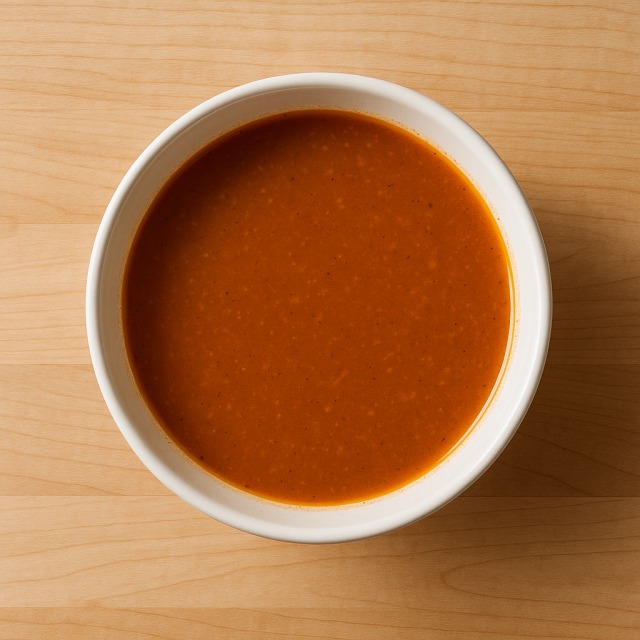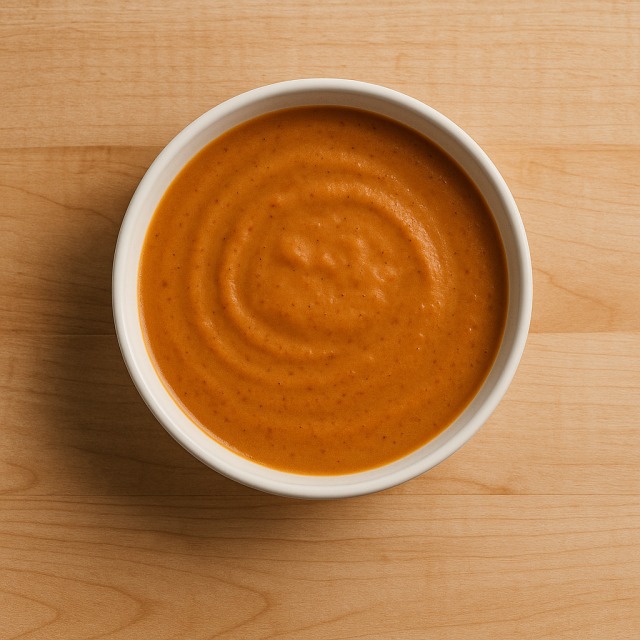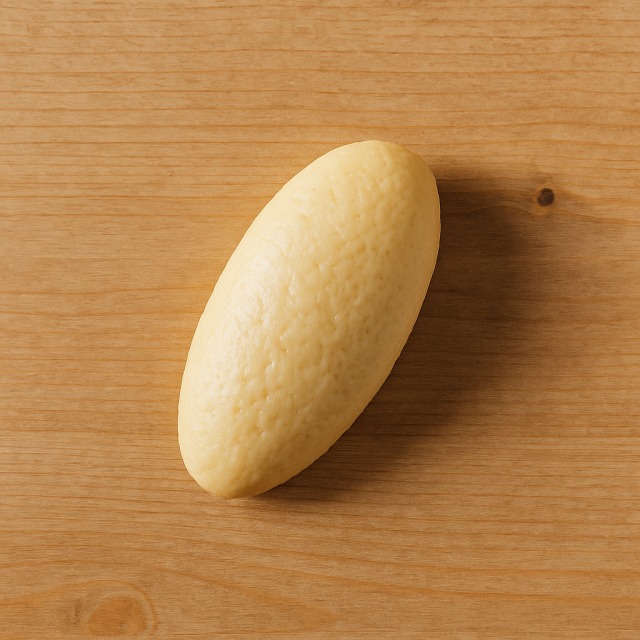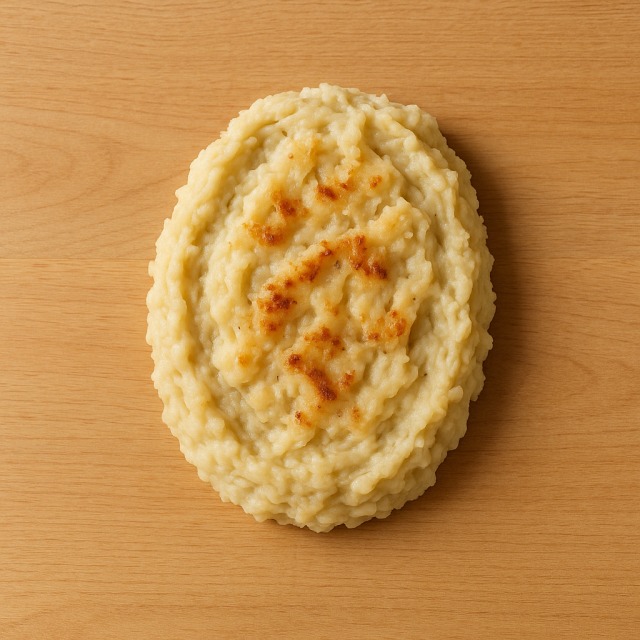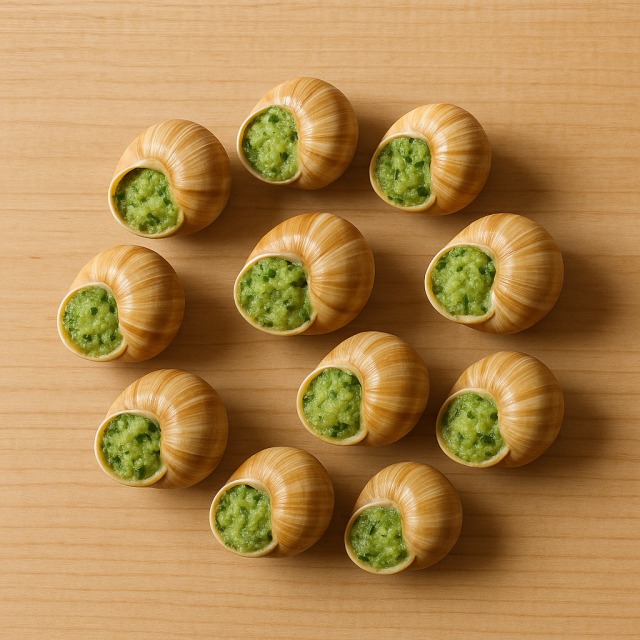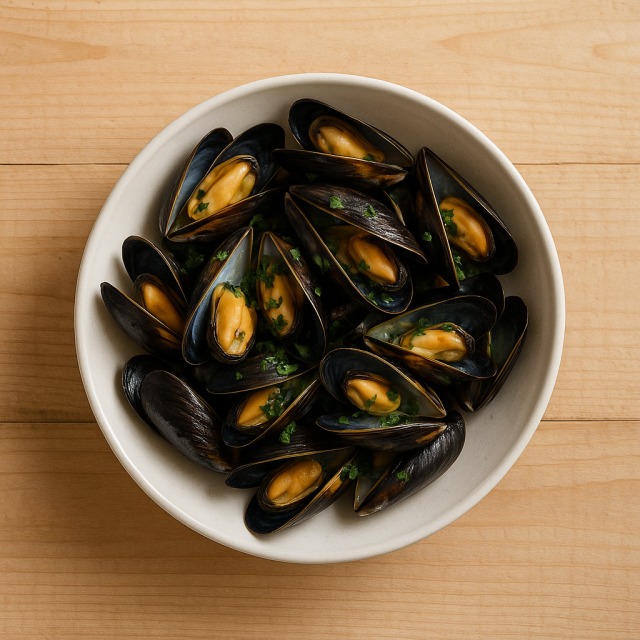Calorie Chart / Recipes / Stuffed squid + sauce
How Many Calories Are in Stuffed squid with sauce?
Calculation of the nutritional value & Recommended Dietary Intake of stuffed squid with sauce
For g and a calorie requirement of kcal
| Calories 490 kcal | Proteins 26 g | Lipids 20 g | Carbohydrates 53 g |
| 25% | 35% | 30% | 19% |
Health benefits of stuffed squid with sauce
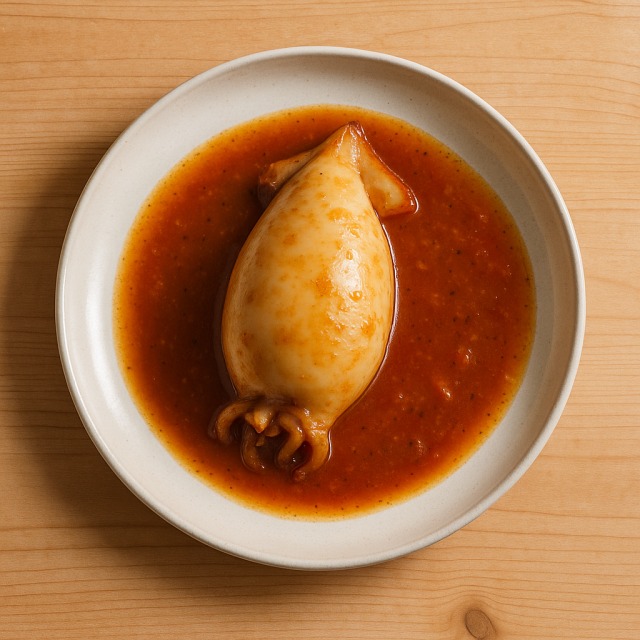
Stuffed squid with sauce - 100g
Calories 140 kcal
Proteins 7.5 g
Lipids 5.8 g
Carbohydrates 15 g
With 140 kcal per 100 g, stuffed squid with sauce is considered a moderate-calorie preparation: light enough for a main course yet satisfying thanks to its balanced macros. The natural proteins of the cephalopod (7.5 g/100 g) bring all the essential amino acids, while the stuffing usually adds complex carbohydrates and fibre.
Squid is well known for its excellent vitamin B12 content, a nutrient that helps reduce tiredness and supports normal neurological function. It also supplies vitamin B6, selenium (a powerful antioxidant), phosphorus for bone health, and a useful amount of iodine, all with fewer calories compared to many meat dishes. Marine omega-3 fats (DHA/EPA) remain present even after cooking and may contribute to cardiovascular protection—a benefit not always guaranteed for mixed dishes but well demonstrated for seafood in general.
The tomato or wine-based sauce frequently served with the stuffing provides lycopene, an antioxidant pigment, and additional potassium. Herbs such as parsley or basil enrich the plate with vitamin K and polyphenols. In short, you obtain a flavoursome, moderately caloric dish that combines lean seafood proteins, gentle lipids, and slow-release carbs.
Tips for incorporating stuffed squid with sauce into a balanced diet
Because this recipe already sits in the middle range of calories, small adjustments can tailor it to your goal. Replace a creamy reduction with a light tomato coulis, or swap butter for a drizzle of vegetable oil just before serving.
For a balanced lunch, accompany one portion (about 200 g) of stuffed squid with a cup of brown rice and a side of roasted broccoli. Athletes looking for extra protein may start the meal with a bowl of chilled gazpacho or end it with a pot of fromage blanc 0%.
If you prefer Mediterranean vibes, plate the squid on top of warm ratatouille and garnish with fresh basil. The vegetables increase volume without adding many calories, keeping satiety high. Those watching their intake can also halve the stuffing, replace part of the breadcrumbs with diced zucchini, and bake the tubes instead of pan-frying them.
Leftovers reheat well and give flavour to a quick seafood pasta: slice the squid, toss with al dente pasta, and spoon over the remaining sauce. It is an easy way to control calories by stretching one protein portion over two meals.
Frequently Asked Questions
- How many calories are in stuffed squid with sauce?
- There are 140 kcal per 100 g.
- Is stuffed squid with sauce high in protein?
- It supplies about 7.5 g of protein per 100 g, which is moderate—higher than many plant dishes yet lower than plain chicken breast.
- Can I lower the calories in the recipe?
- Yes: use a tomato base instead of a cream sauce, reduce breadcrumbs in the stuffing, bake rather than fry, and serve with steamed green beans instead of fried sides.
- Is it suitable for a weight-loss diet?
- Its moderate calories and high satiety index make it appropriate when portions are controlled; pair it with low-calorie vegetables to keep the total meal under 500 kcal.
- Does it contain omega-3 fatty acids?
- Squid naturally offers small but meaningful amounts of EPA and DHA; these are preserved during gentle cooking methods.
- How does it compare to plain squid calories?
- Plain cooked squid averages about 90 kcal/100 g, so the stuffing and sauce add roughly 50 kcal per 100 g.
- Is it safe during pregnancy?
- When cooked thoroughly, stuffed squid is safe; its mercury level is low. Avoid raw leftovers and ensure the sauce reaches at least 70 °C.
Similar foods
Information provided by Calorie Menu may contain inaccuracies or errors. It cannot, under any circumstances, substitute medical advice or medication.
